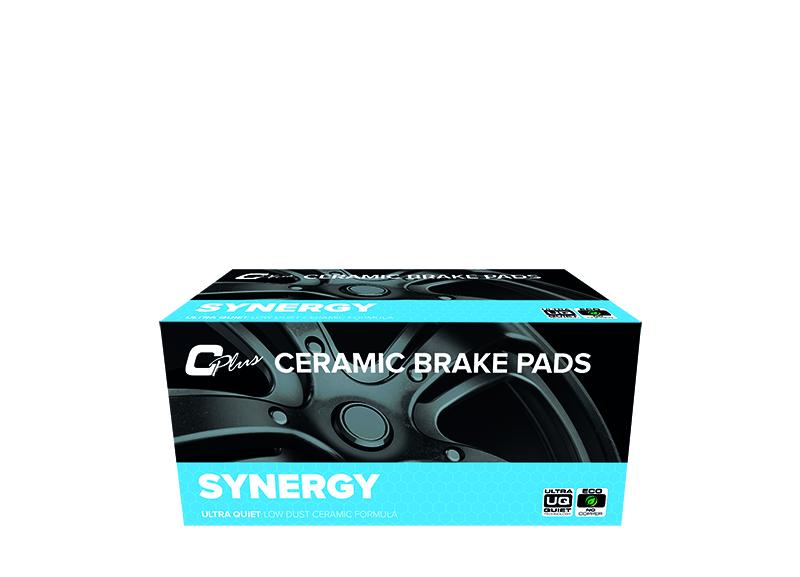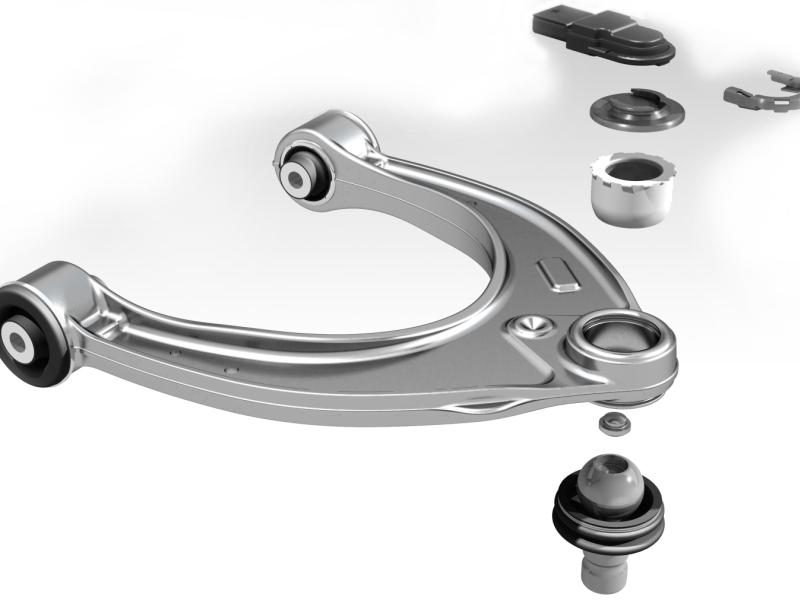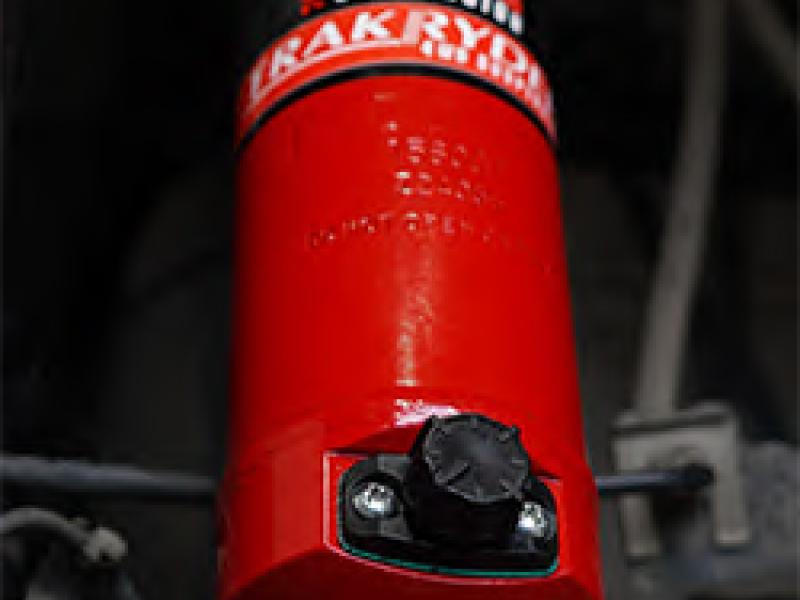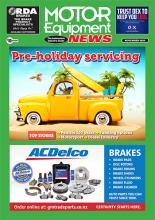Given the recent weather spells, chances are you are going to be getting more than a few requests for brake pad replacements and you might be thinking, ...hmm what’s changed in brake pad technology recently that I should know about?
Possibly one of the more critical things you should be aware of is which brake pads are best? There is a brake pad range considered by many, to be the number one choice by those in the trade.
The answer is the range of C-Plus ceramic brake pads which you will find at your nearest BNT branch.
BNT’s C-Plus brake pad range has three very specific applications, easily identified by the C-Plus blue, red and grey brand packaging.
As to why BNT carries the C-Plus range, well, there’s more science to this than spin, which is why Brake & Transmission the workshop supplier with the word BRAKE in its name puts the C-Plus range of brake pads ahead of the rest.
Back in the bad old days, brakes were designed with a friction material which enjoyed a dangerous level of ignorance. Asbestos did a great job of dissipating heat and made brakes very effective.
Unfortunately, tiny dust particles flake off every time a driver slows or stops using the brakes and get added to the air that we breathe and as we know now, asbestos ain’t good for the lungs.
Once we found out about the downside of asbestos, we – the global we – collectively decided to ban asbestos brake pads, and reputable brake pad suppliers complied.
You still need to be careful though, some disreputable suppliers still supply cheap – read asbestos heavy – brake pads not something you should be supplying to your customers.
So, what replaced asbestos? A good question. The nasty stuff was replaced with another very cool – yes, we meant that – brake pad lining: copper.
Copper works well for heat transference, smooth braking and effectiveness in cold weather, which sounds great – unless you’re a fish.
Copper particles wear off the pads too and too much copper in the waterways can cause major ecological problems as US research in California and Washington has proven.
As such, legislation mandating the elimination of copper in brake pads by 2025, is already in place.
In New Zealand, we don’t have the legislation, but the last thing we want is more mucking up of our waterways so, best we follow the US lead and steer away from copper brake pads then, right?
Right. And that brings us back to the C-Plus brake pad range from BNT. The three-range product line up is all copper-free or as copper-free as it can be, with C-Plus brake pads having a less than 0.5 percent copper make up (according to the US, 0.5 per cent counts as 0).
While zero copper brake pads are the preferred choice for the environment and should be the first ‘go to’ when it comes to replacement options, understanding that one brake pad does not do everything for all vehicles is something workshops also need to understand.
This is why there are three specific pads making up the C-Plus range, as Tony Lin, brake category manager for BNT explains: “For most driving applications, the C-Plus Synergy or CP pad is the most appropriate,” he says. “These ceramic pads are formulated to minimise dust and maximise quietness while providing dependable and safe braking. Synergy is the pad for everyday drivers.
“If you need something a little heavier duty for, say, 4-wheel-drive vehicles and larger SUVs, the Endurance CX is the brake pad you’ll want. It provides the versatility to transition from open road highway to all terrain conditions and takes into consideration the heavier nature of the vehicles.
“For the professional driver whose days are spent on the road with heavily laden vehicles and where brake temperatures are typically and consistently higher than they would be for everyday vehicles, there is the Metallic CM with its semi metallic (but copper-free) friction material.”
The C-Plus brake pads are constructed the same way the OEMs do it – compressing the friction material and bonding it to the backing plate to ensure consistent friction material density.
The ceramic compound of the C-Plus brake pad reduces wear on the pads and the brake rotors as well as producing less dust. This keeps wheels cleaner and grime free for longer than conventional low metallic brake pads.
Tony points out the advanced shim technology found in every pad in the range is a significant feature which puts C-Plus ahead of its competition.
“Each pad has a three-layer composite shim construction of steel and nitrile,” Tony says, “which works in conjunction with OE style chamfers and gas slots to reduce vibration and noise and improve heat dissipation.”
From all of the above, it is clear BNT has researched and selected the best in brake pads to bring to the New Zealand market when it comes to effectiveness and what’s ahead of the game in terms of environmental considerations.
For more information on what BNT has to offer or to ensure your workshop has the C-Plus brake pad range available for your valued customers who trust you to have the best, contact your nearest BNT branch today.






